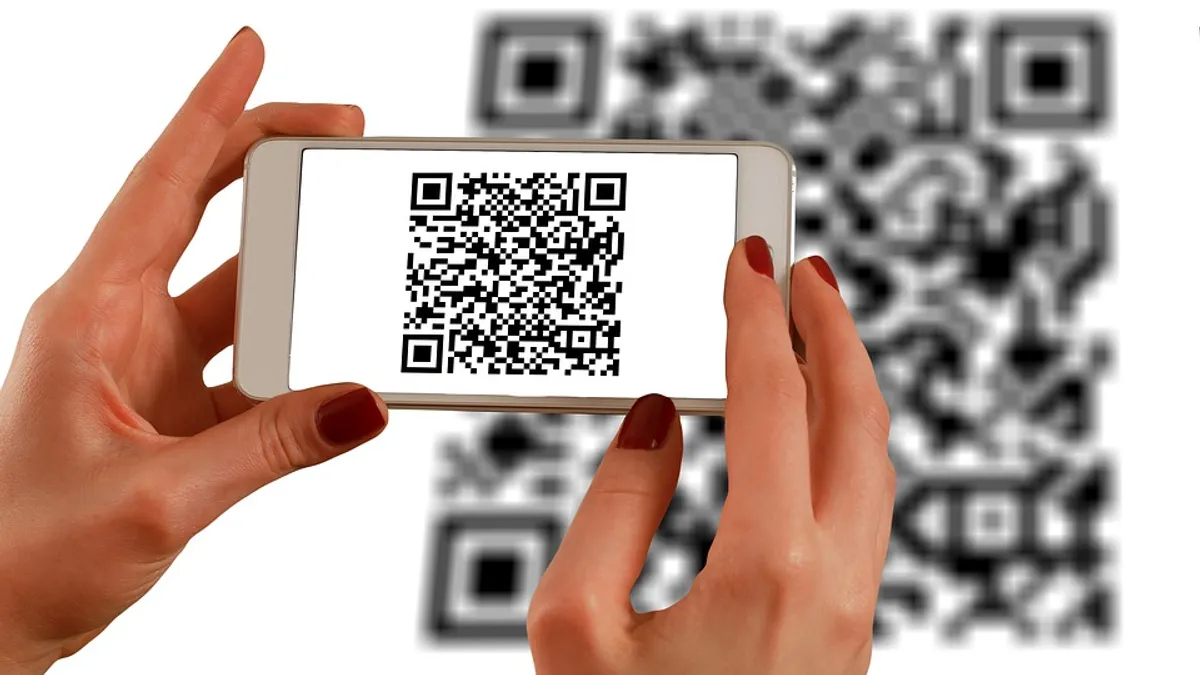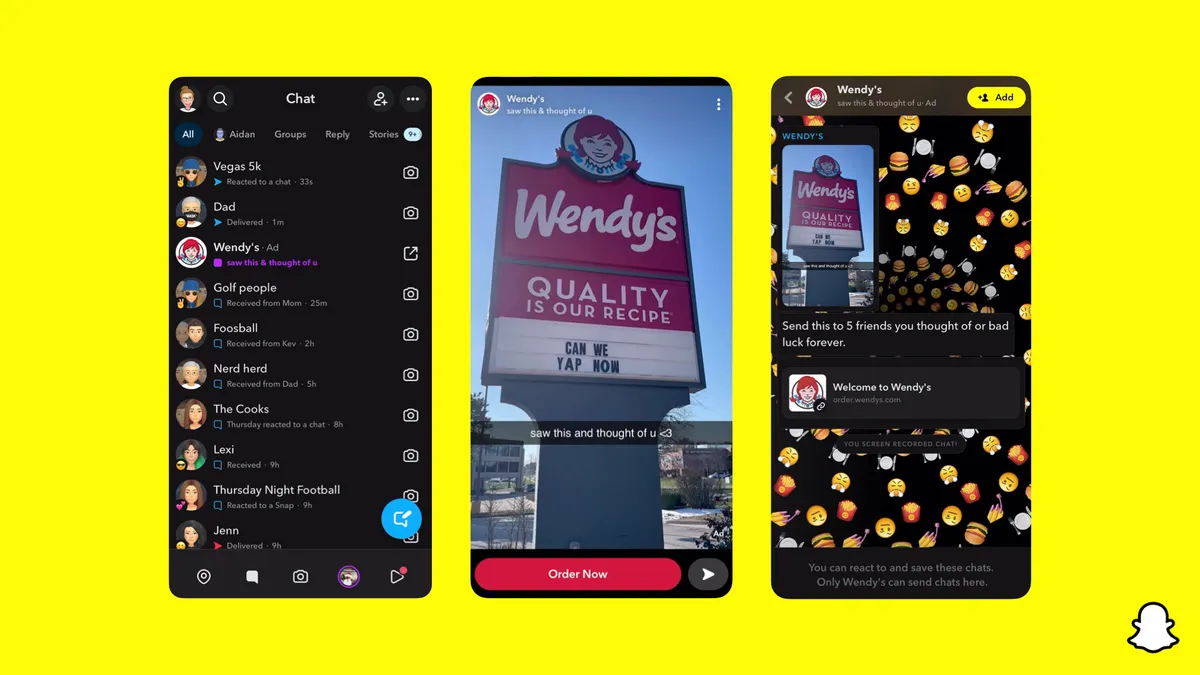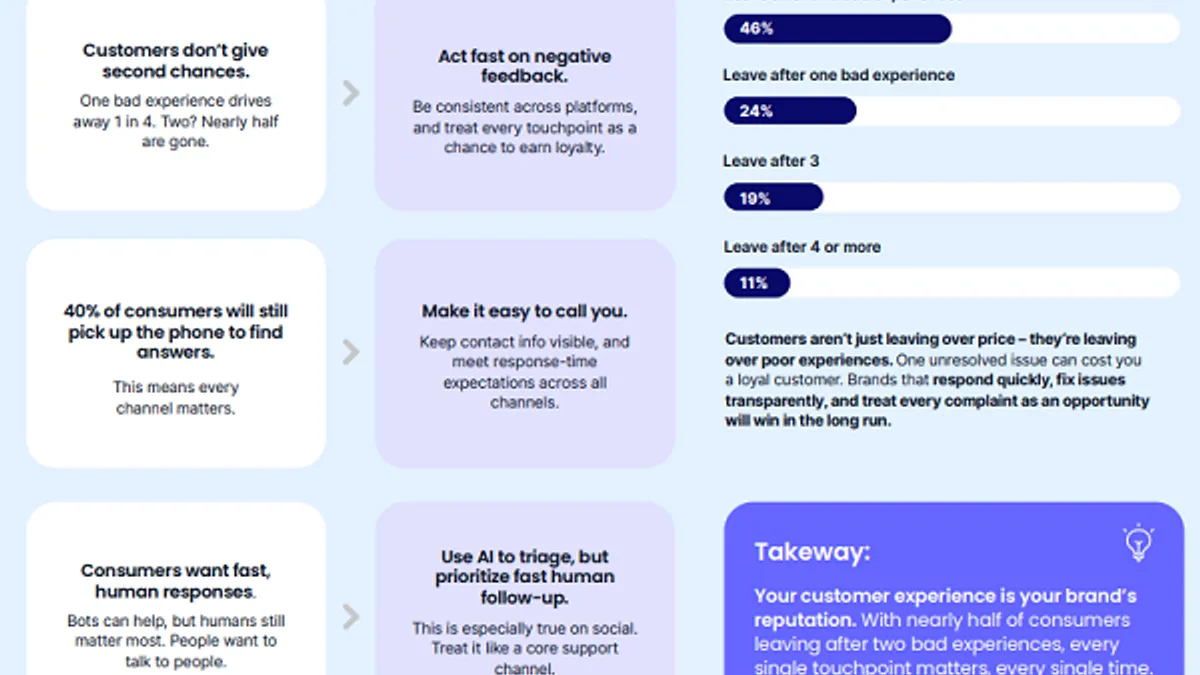Pepsi, Jeep, Snapchat, Pinterest, Facebook Messenger, Spotify. The list of brands and platforms recently making a commitment to QR codes is impressive, especially considering that not too long ago they were widely disparaged as unattractive and not useful for either consumers or marketers.
The return of QR codes reflects how mobile marketing has grown more sophisticated in the past few years. The quick growth of Snapchat, for example, has put a deeply integrated QR code reader into the hands of 161 million savvy smartphone owners. In another sign of mobile’s maturation, Pokemon Go’s surprise success last summer suggests that users are interested in engaging with the real world using their devices.
Some things haven’t changed since QR codes were last a trend. Marketers are still hungry for ways to measure their digital efforts and prove there’s an attractive return on their investments. Additionally, marketers continue to seek out best practices for merging their online and offline efforts. With no runaway winners apparent, many may be willing to give QR codes another try.
“QR codes were heavily hyped and never realized their promise due to such tangible things including a lack of bar code scanning standardization, disinterest by many creatives in employing such an unimaginative image, a lack of agreed-upon business rules and frankly the availability of many other ways to engage a mobile user,” Jeff Hasen, mobile strategist at Possible Mobile, told Mobile Marketer.
“It took Pinterest, Facebook and Snapchat to revive the effort and it’s progressing in ways that many could not have predicted due to inclusion in its products and promotion at scale,” he said.
Metrics matter
It is perhaps telling that the recent resurgence in QR codes follows closely on the heels of remarks by P&G’s Chief Brand Officer Marc Pritchard, who said in January that he was fed up with a lack of transparency in digital marketing and announced that the CPG giant would stop partnering with companies that didn’t provide clearer measurements.
QR codes could be one way for digital platforms like Snapchat, Facebook and others to provide more concrete measurements.
For example, Facebook is reportedly testing a rewards feature leveraging personalized QR codes that can be scanned when users buy something in-person at a store. This has the potential to link an ad to an in-store transaction, something that many marketers still struggle to accomplish.
“Marketers today want to measure everything possible to constantly optimize their campaigns and maximize their return on investment,” Jon Burg, head of product marketing at AppsFlyer, told Mobile Marketer. “And, as a digital conversion, QR codes are incredibly measurable.
“Robust solutions exist for both attributing mobile conversions from QR Codes, as well as delivering the optimally deferred deep linking experience for consumers, particularly as more budgets and activities shift to mobile — sending iOS users to the App Store rather than Google Play, opening the app for users who already have it installed on their devices, as well as loading the optimal welcome screen based on the content they 'clicked.'"
Building bridges
As time spent on digital platforms continues to grow, marketers are also more interested than ever in ways to connect their online and offline efforts. The experience with Pokemon Go suggests that the same users who made it a surprise success might be open to scanning a QR code if there’s a payoff.
“QR codes as a technology serve as a bridge, connecting the offline world and our mobile lives,” Burg said. “The larger trend this speaks to, the interest of marketers and users to better connect their digital world with the physical world, will only grow stronger in the months and years to come.
“As for whether we will see increased usage of QR Codes as the conduit of this offline-to-mobile connection, the proof will be in the data,” he said. “If marketers and users find measurable value in this technology, they will continue to increase their usage of it.”
Where it all went wrong
QR codes first ascended in mobile marketing around 2011 as numerous publishers and brands, most in the early stages of their mobile strategies at that point, jumped at the opportunity to add a scannable 2-D barcode to their print ads and editorial content in the hopes of appealing to consumers who were defecting to digital content in growing numbers.
By 2013, it was clear that the trend was losing steam thanks to the overuse of QR codes in print magazines, too many broken links, where scanning a code would deliver a user to a dead page, and other second-rate experiences. Eventually, they disappeared almost entirely from the marketing toolbox except on product packaging for providing additional information and in payments apps like Starbucks' for authenticating a user and completing a purchase.
For QR codes to be more successful this time around, marketers will need to do a better job of delivering entertaining and valuable experiences. Enough has hopefully been learned about mobile's use case by now that marketers won’t repeat mistakes like placing QR codes on a highway billboard.
One recent example of how the current iteration of QR codes is being used is a test by company 1App in several Starbucks stores that linked to a mobile web-based version of the chain’s app and resulted in 27% of customers trialing the app.
In another, Pepsi’s brand packaging will feature Snapcodes starting May 22 that will unlock exclusive lenses, geofilters and a game.
More good news
There are a number of reasons why QR codes could perform better the second time around. The barrier to entry has been lowered for hundreds of millions of consumers who can use their favorite social media or messaging platform to engage with any QR code they might see as they go about their day.
Previously, one of the issues with QR codes was that consumers were required to download a QR code reader in order to engage with them, resulting in low engagement levels. Fast forward several years later and QR code functionality is now integrated into a number of major mobile platforms — Snapchat helped make QR codes cool again by giving users a way to turn themselves into one — and more are being added at a swift pace so far in 2017. Recent adopters include Spotify, Shazam, Facebook Messenger and Pinterest.
A lack of standardization was also an issue with QR codes in the past, making it hard for marketers to create consistent experiences. This is starting to be addressed, which could make the space even more attractive to brands in the future.
“Even the standardization of codes and scanners issue has improved,” Hasen said. “Mastercard and Visa, among others, are launching standardized QR codes for e-payments In Thailand. If we see adoption there, expect to see expansion elsewhere.”























